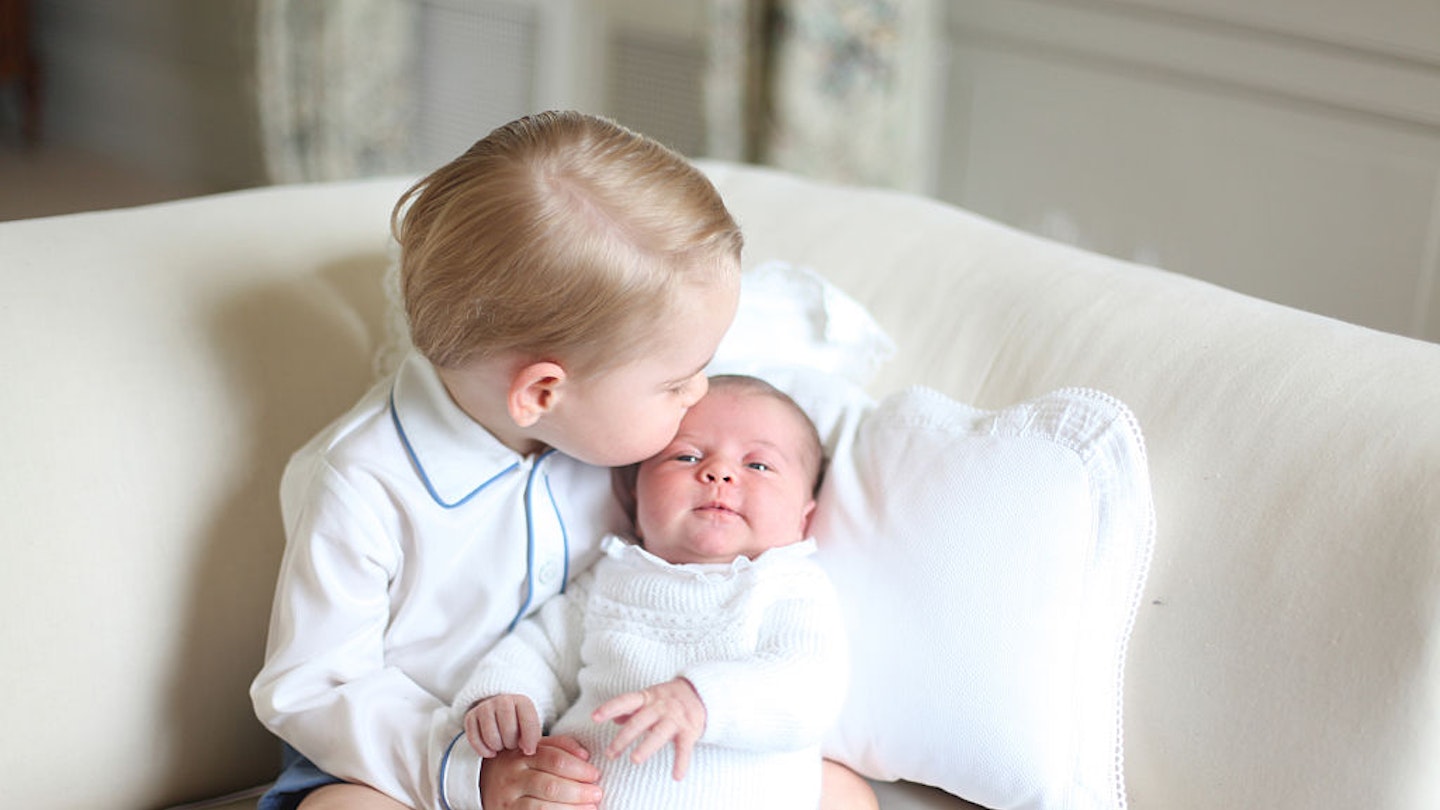As we all celebrate the news that the Duke and Duchess of Cambridge have had their third baby, we take a look back at the slightly unusual rules that still exist when it comes to royal babies. Of course, a lot of the traditions have changed since the arrival of Prince Louis, but being in line to the throne still comes with certain traditions.
Royal heirs
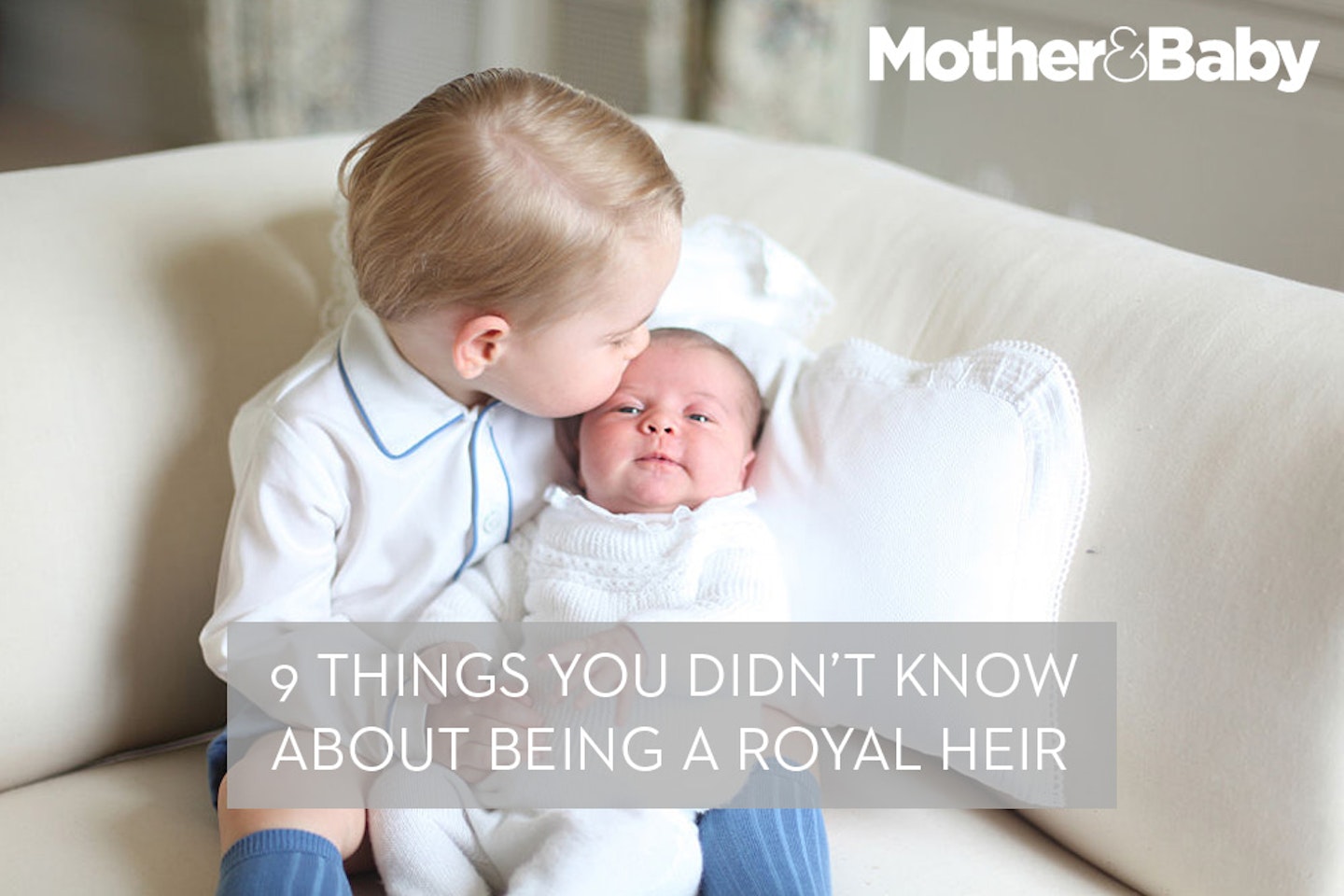 1 of 10
1 of 10royalheir
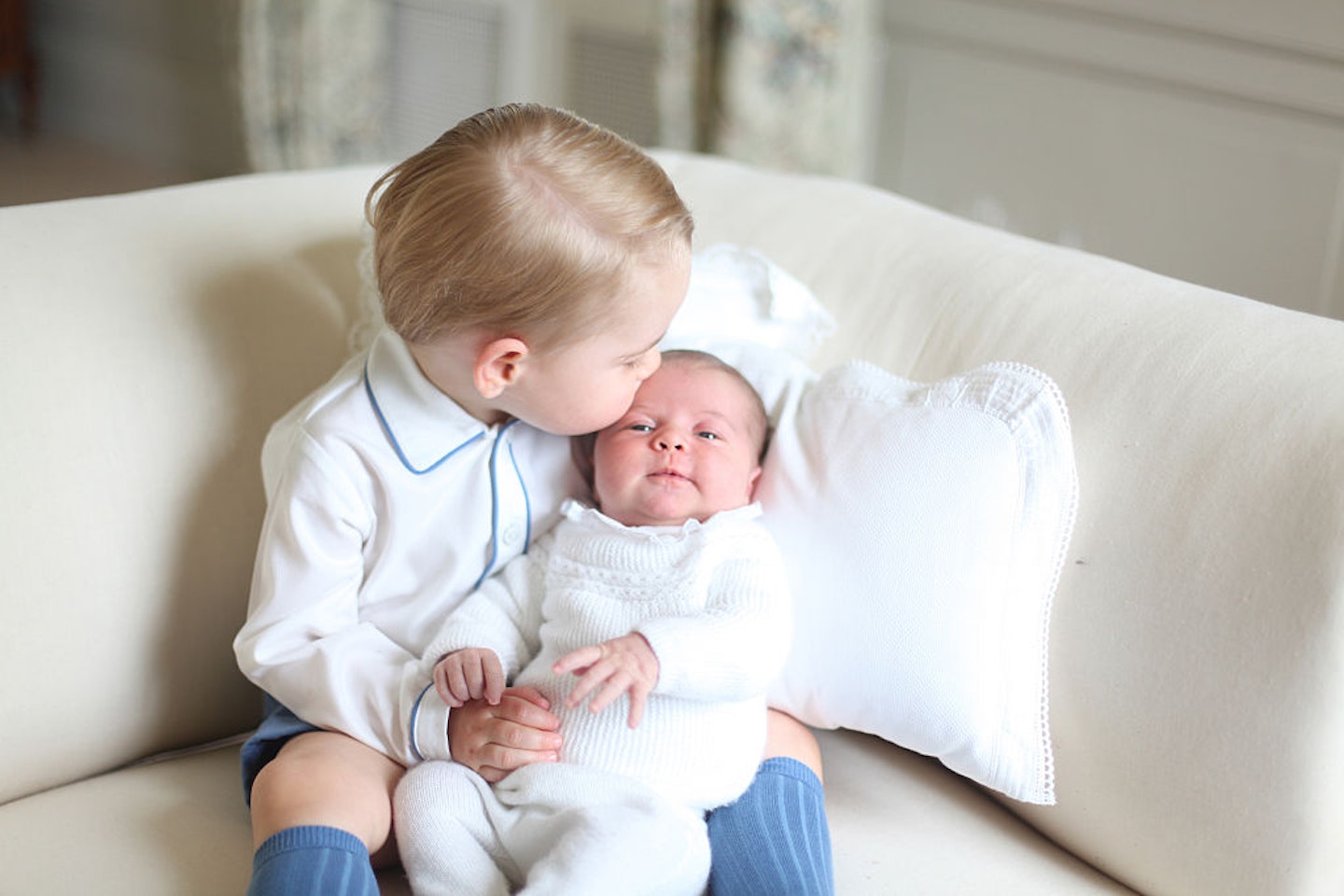 2 of 10
2 of 10As a royal baby, you didn’t need a surname
A surname is not required on the birth certificate of a royal baby, as the new baby will have the title HRH Prince or Princess and be referred to in this way.
That said, as Prince George starts school this September, his parents will need to decide on a surname for the register. There are three choices available to them – Mountbatten-Windsor, Wales or Cambridge. Image: Getty
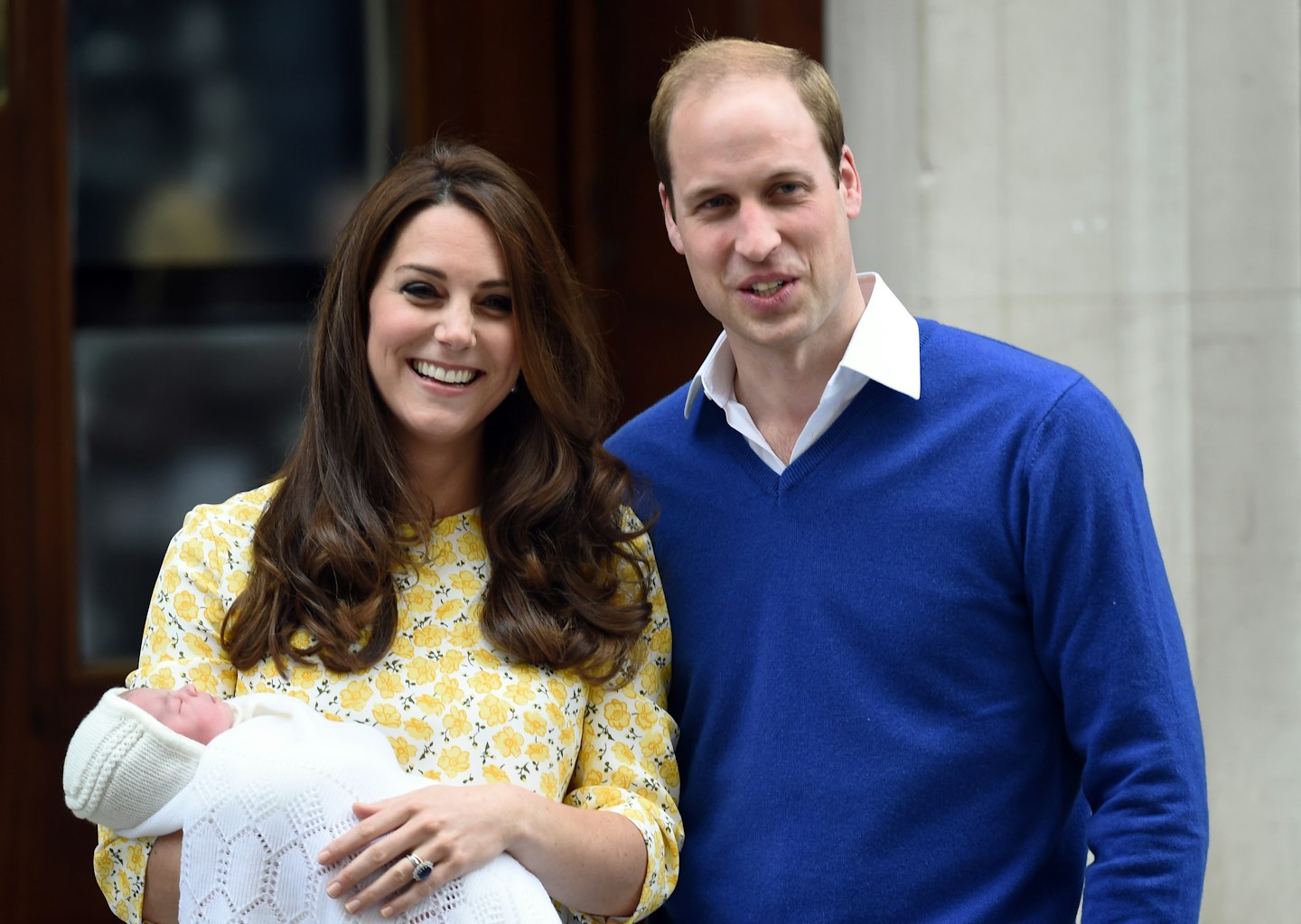 3 of 10
3 of 10Births are announced on an easel at Buckingham Palace
A tradition that has survived the age of social media, it is custom for news of royal births and deaths to be attached to the railings of Buckingham Palace. The Queen, members of the royal family and the Middleton family will be told first, then the bulletin is hurried from the hospital under police escort. After this has happened, the news will be put on Facebook and Twitter. Image: Getty
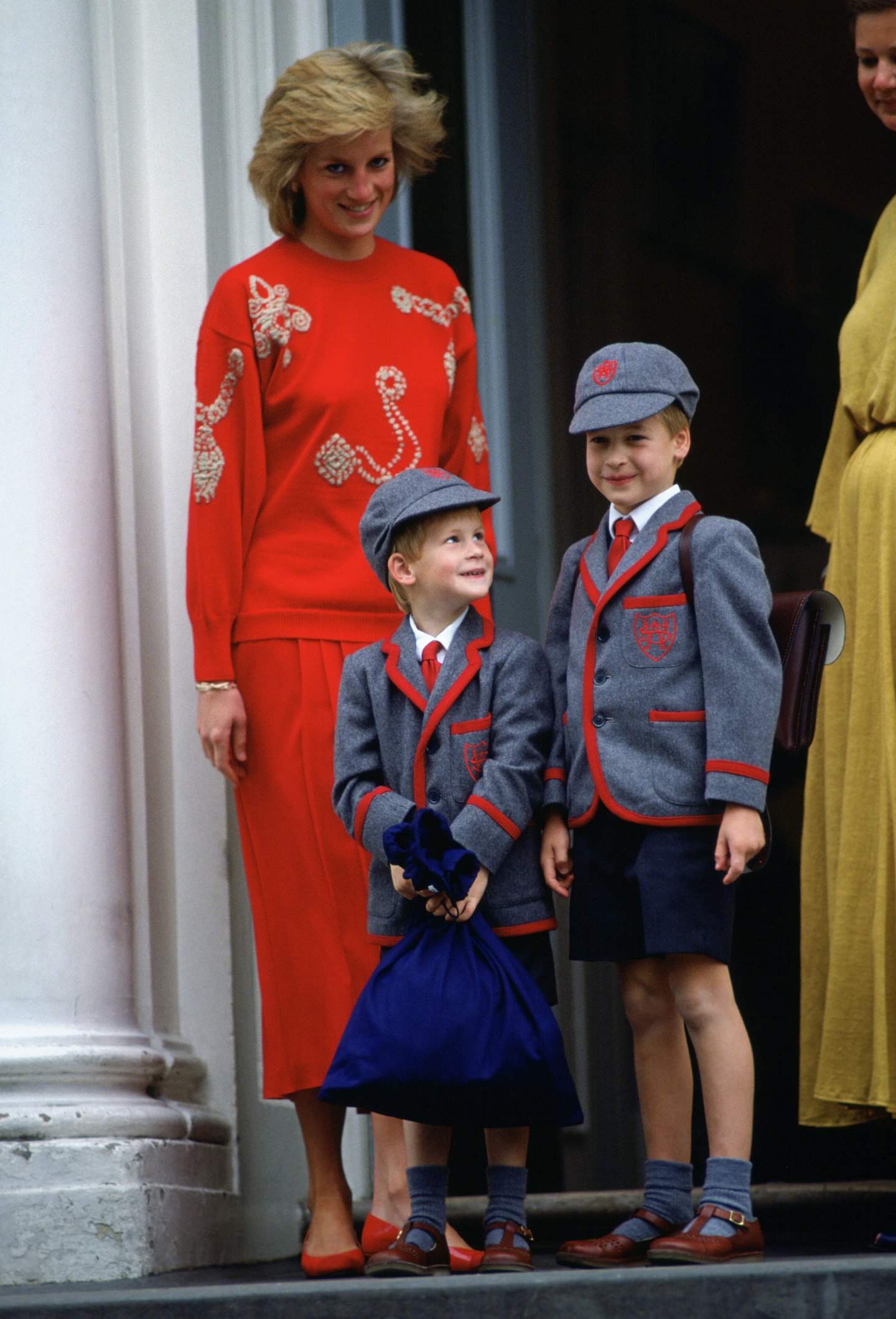 4 of 10
4 of 10Royal heirs never used to attend school
One that The Queen changed with Prince Charles, sending him to Hill House prep school in London and Princess Diana continued to change as she enrolled William and Harry to Wetherby prep school before they went to Eton. Prince George is set to attend Thomas’s – a private primary school in London. Before this, all royal heirs were home schooled. Image: Getty
 5 of 10
5 of 10Male heirs do not have precedence over their sisters
This ancient rule was actually changed in 2013, meaning succession to the phone is now in order of birth, rather than gender. This means, whatever the gender of the third baby, if Prince George does not have children, Princess Charlotte will be next in line to the throne. This also means, whatever the sex of the new baby, Prince Harry will be sixth in line to the throne. Image: Getty
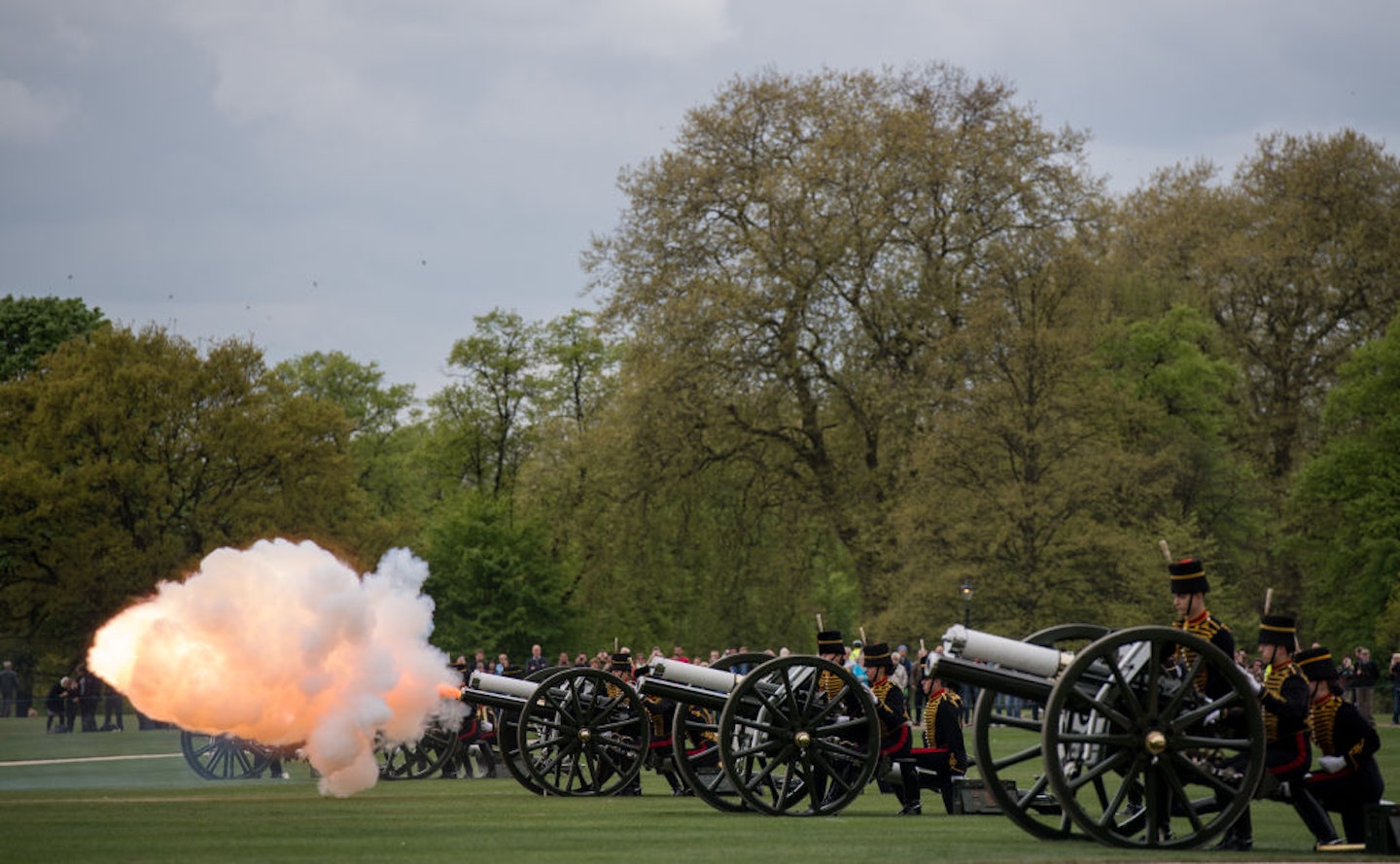 6 of 10
6 of 10Royal births are celebrated with a gun salute by the King’s Troop Royal Horse Artillery
In London, these gun salutes ae fired from the Tower of London, as well as Hyde Park or Green Park The basic salute is 21 rounds, yet if it happens in Hyde Park an extra 20 are fired because it’s a Royal Park. There also an extra 20 fired at the Tower as it is a Royal Palace and another 21 because it’s located in the City of London, which means 62 rounds are fired in total over the ten-minute salute. This is custom for all royal births and last happened when Princess Charlotte was born in 2015. Image: Getty
 7 of 10
7 of 10Prince William was the first future king to be born in a hospital
Whilst this might sound like the obvious place for a royal to give birth, Princess Diana was the first person to give birth to a future king in this way. Like Prince George, Princess Charlotte and their new baby brother or sister, Prince William and Prince Harry were born in the private Lindo Wing of St Mary’s Hospital. Prince Charles was born at Buckingham Palace and all other royal babies have been born at private or royal residences. Image: Getty
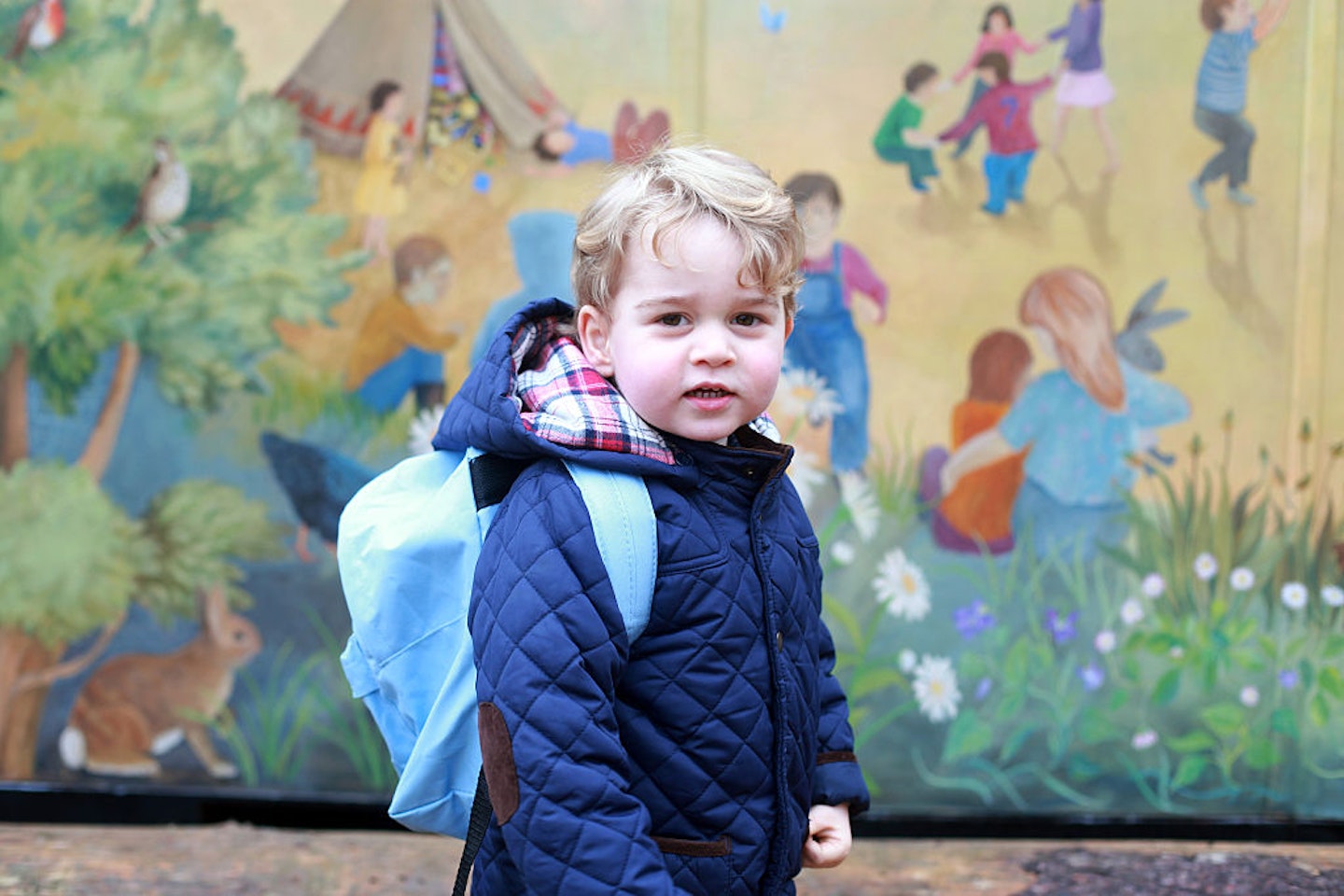 8 of 10
8 of 10As a Royal heir, you need the Queen’s permission to get married
In the Royal Marriages Act, passed by King George II in 1772, it states that his descendants could not marry without the reigning monarch’s consent. This has now been changed so that it is only the first six in line to the throne that will need the monarch’s permission to get married. As he is still sixth in line to the throne, this rule still applies to Prince Harry. Image: Getty
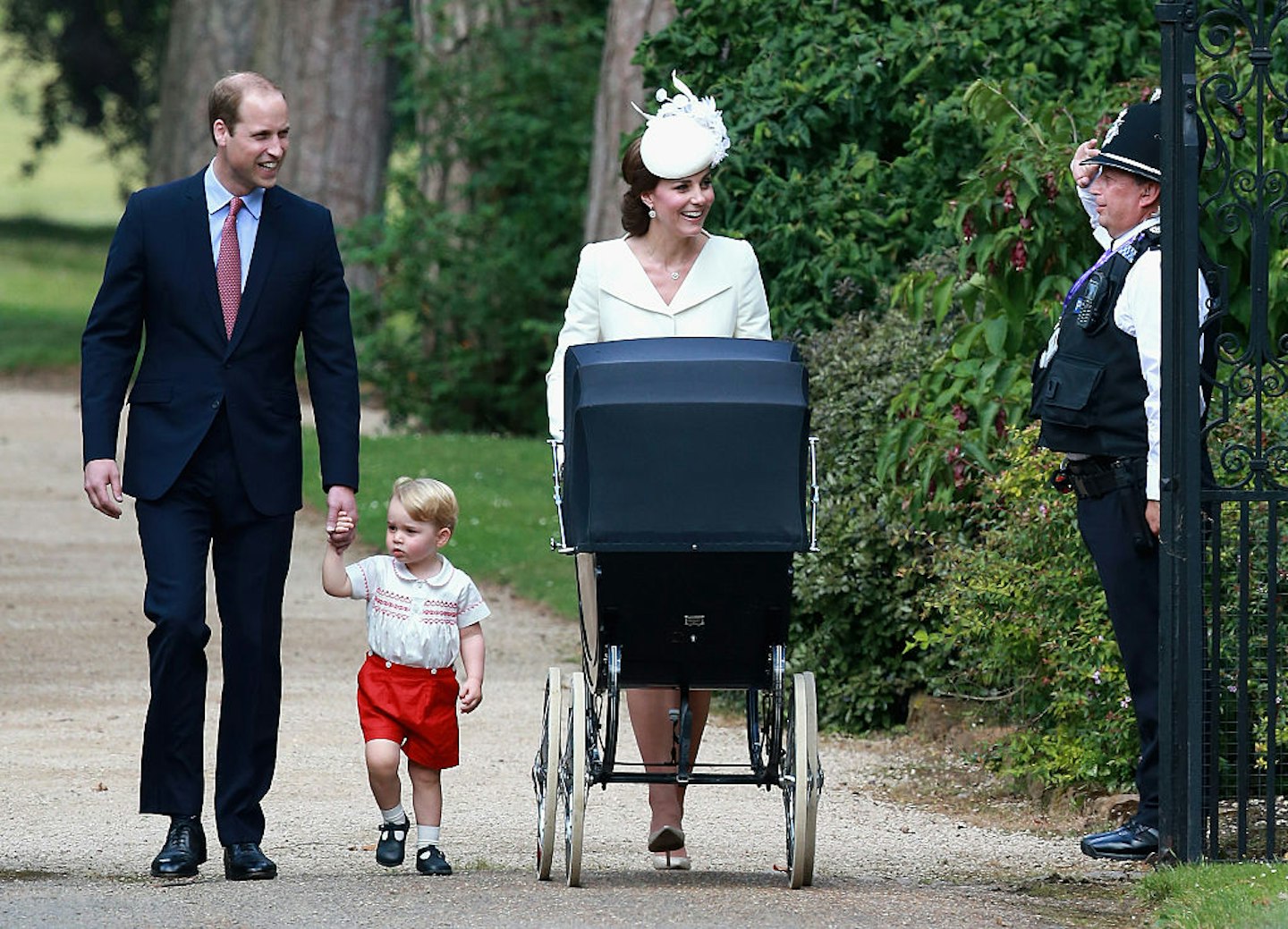 9 of 10
9 of 10Royal christenings are private affairs
Royal babies are normally christened by the Archbishop of Canterbury and only attended by family, godparents and close friends. A family photograph of the baby in its christening robe is released to the media afterwards. The christening gown worn by Prince George and Princess Charlotte is a replica of the lace and satin Victorian gown made for Queen Victoria’s eldest daughter in 1841 and subsequently worn by 62 babies throughout 163 years of royal history.
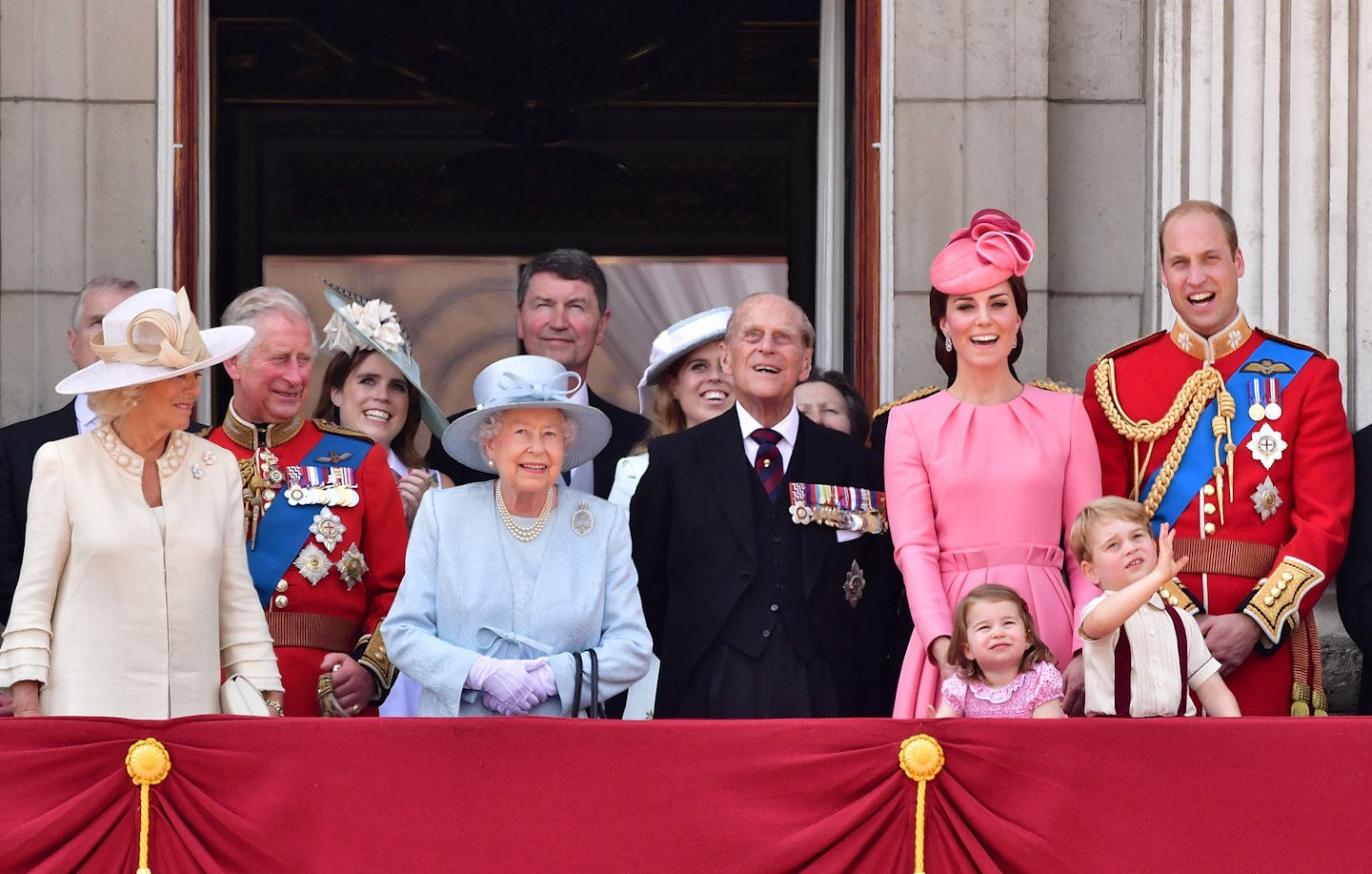 10 of 10
10 of 10Royal babies usually have several godparents
Godparents often have close historic ties to the royal family, and there’s usually five or six of them. Prince George has Oliver Baker, Emilia Jardine-Paterson, Hugh Grosvenor, 7th Duke of Westminster Jamie Lowther-Pinkerton, The Hon Julia Samuel, William van Cutseem and Zara Tindall as godparents. Princess Charlotte has The Hon Laura Fellowes, Adam Middelton, Thomas van Staubenzee, James Meade and Sophie Carter as her godparents. Image: Getty
